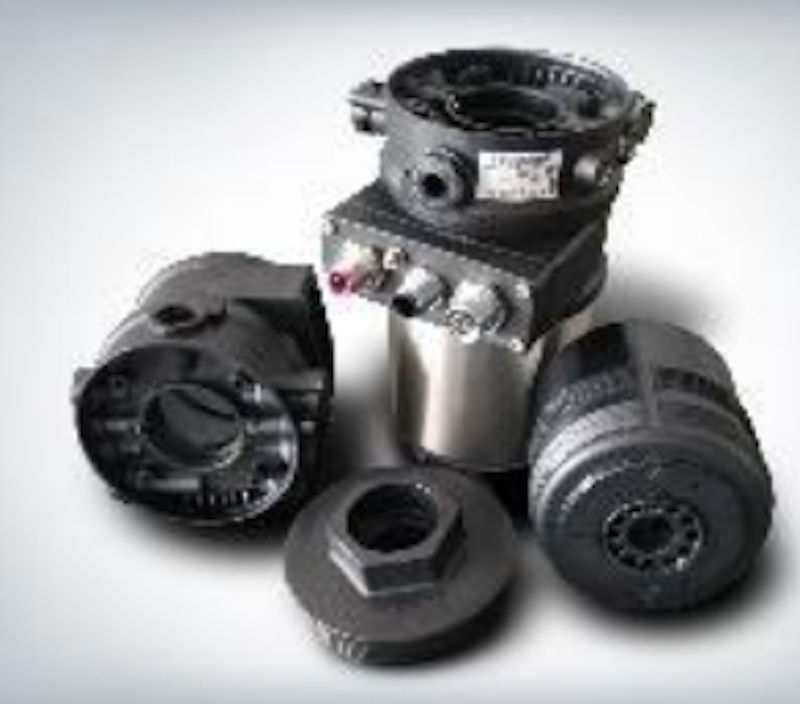Celanese suggests replacing metal parts in robots with polymers
Choosing materials is one of the most important decisions when designing and building a machine such as a robot, particularly one that moves around, like an autonomous warehouse robot or an automated guided vehicle.
Most of the machines this website features in its articles and advertising use metals for the vast majority of their components. Even the outer casing on most industrial robots tends to be a metal such as iron or steel.
However, according to an expert at Celanese, one of the largest materials companies in the world, the vast majority of components and parts that are currently made out of metal can actually be replaced with polymers or thermoplastics.
John Darlington, director of program management at Celanese, says polymers are ideal for robot manufacturers, particularly the rapidly expanding autonomous mobile robotic segment.
Darlington says: “The reduced power and smaller batteries achieved by the tighter tolerances and improved fatigue delivered by high-performance polymer parts lead to operational cost savings and can meet the market demand for lower cost of ownership and less downtime than metals.”

Celanese produces its own proprietary “CoolPoly” product, which is different from amorphous polymers, sometimes found in today’s machines.
“We’ve demonstrated the specific benefits and advantages of CoolPoly in similar automotive and medical device applications, so we feel we have something to offer robot makers.
Celanese already offers one of the broadest polymer portfolios in the industry spanning all thermoplastic classes – semi-crystalline, amorphous and elastomer.
However, it is looking to work with robot makers to develop even more specific materials and, in turn, components and parts that can reduce weight and power consumption.
Celanese typically has an annual turnover of more than $6 billion, and has historically been mostly supplying the aerospace and automotive industries.
But Darlington finds the robotic market very interesting because of it’s fast-growing area where many new technologies and innovations are required.
Moreover, for a materials company like Celanese, AGVs and AMRs are closely related to the new generation of semi-autonomous cars and other vehicles taking the road now, some as tests and others commercially.
Safety is a constant refrain of autonomous vehicle manufacturers, and the idea to make cars and trucks more lightweight and flame-retardant – which are additional features of Celanese polymers – would seem consistent with this aim.
However, Darlington accepts it is early days for Celanese in the robotics sector.
He says: “We’re looking to partner with some key companies to asses the benefits of our polymers in a variety of applications, we would invite people to contact us and explore the possibilities.
“We have a full CAE engineering support service that could be accessed to validate design solutions, and local sales support available if you would like to receive official pricing information.”

